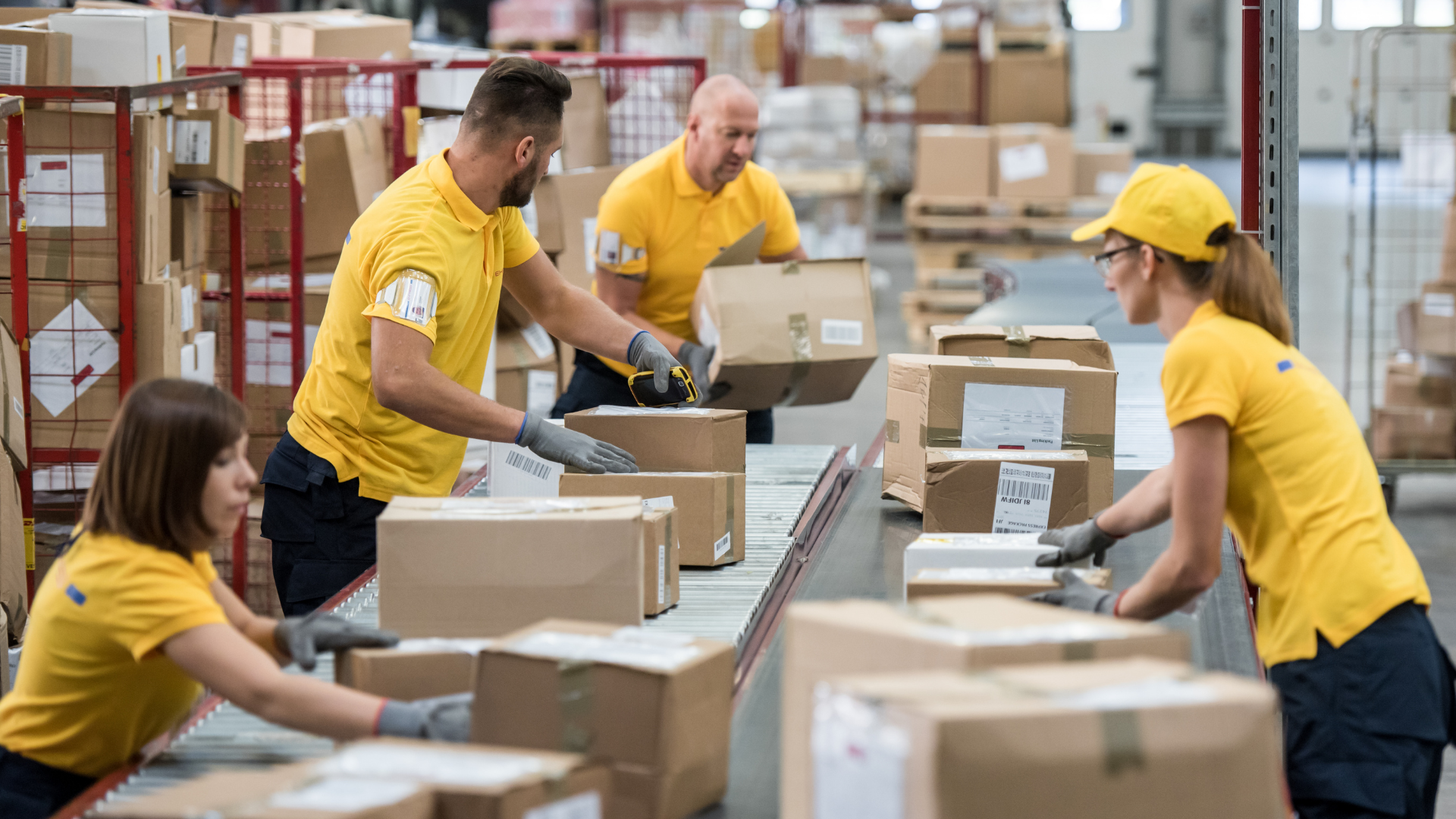In the fast-evolving world of packaging, speed and accuracy have become the two pillars of operational success. As consumer expectations rise and supply chains tighten, manufacturers and distributors are under growing pressure to deliver more products, more quickly, without compromising on quality.
But in practice, speed and accuracy often pull in opposite directions. Pushing for higher output can lead to errors, while too much focus on precision may slow things down. In 2025, businesses like BestPack are learning how to strike the right balance between these two critical forces through advanced technology, smarter workflows, and strategic decision-making.
Here’s how modern packaging lines are achieving that balance, and why it matters more than ever.

Why Speed and Accuracy Must Work Together
Speed helps businesses meet demand, increase throughput, and stay competitive in a fast-moving market. Accuracy ensures customer satisfaction, brand trust, and regulatory compliance. When one is prioritized over the other, the consequences can be costly:
- Too fast? Expect labeling errors, product damage, or incorrect shipments.
- Too slow? You risk delayed orders, missed deadlines, and frustrated customers.
Modern packaging lines must deliver both, efficiently and reliably.
Technologies Enabling Both Speed and Accuracy in 2025
- High-Speed Automated Case Erectors Before any product can be packed, a box must be ready. Modern case erectors transform this initial step from a manual bottleneck into a high-speed, automated process. They rapidly form flat cardboard blanks into perfectly squared and consistently sealed cases. This not only dramatically increases the speed at the start of the line but also boosts accuracy. A perfectly constructed case prevents downstream issues like product jamming during packing, unstable pallet stacking, and shipping damages. In 2025, these machines feature rapid, tool-less changeovers for various box dimensions and integrate seamlessly with the line’s software to ensure the right case is always ready for the right product run.
- Smart Conveyor Systems Today’s conveyor systems are equipped with real-time sensors and AI algorithms that can sort, reroute, and even detect package anomalies at lightning speed. They ensure a smooth flow of products while minimizing collisions and misalignment.
- Robotic Arms with Vision Systems Robots equipped with high-resolution cameras and machine learning can now pick, place, and package products with millimeter precision, without sacrificing speed. These systems adjust in real time to product variations, reducing the chance of error.
- Automated Quality Control Advanced inspection systems scan barcodes, weigh items, check seal integrity, and validate labeling in milliseconds. Any product that fails quality checks is automatically diverted, allowing the line to keep moving without compromising standards.
- Integrated Software Platforms Packaging lines are now integrated with production, inventory, and order management systems. This coordination ensures accurate packing lists, optimal material usage, and fewer manual touchpoints.
- AI-Powered Line Balancing AI tools analyze historical and real-time data to balance workloads across machines and shifts. They detect bottlenecks and automatically adjust line speed to maintain efficiency without overloading any part of the system.
Strategies for Maintaining the Balance
- Right-Sizing Your Automation: Not every packaging line needs top-tier speed. Instead, focus on automation solutions that meet your actual output needs while maintaining acceptable error rates.
- Regular Calibration and Maintenance: Automated systems can drift out of sync over time. Preventative maintenance and recalibration ensure that your machines perform at peak speed and precision.
- Employee Training and Human Oversight: Even the most advanced systems benefit from skilled operators. Empower your staff to monitor performance metrics, intervene when needed, and fine-tune equipment for balance.
- Start with Data: Use performance data to identify trends, inefficiencies, and quality issues. A data-driven approach helps you make adjustments before small issues become major disruptions.
- Modular Line Design: Flexible, modular packaging lines allow companies to scale output or adjust the line layout depending on the product type, ensuring speed doesn’t outpace accuracy requirements.
Real-World Example: Food and Beverage Packaging
In the food industry, sealing errors or label mismatches can lead to massive recalls. However, products must also move quickly to meet shelf-life and delivery deadlines. Many leading brands now use high-speed vision systems combined with laser-guided robotic arms that check every seal, label, and batch code at full production speed, ensuring both compliance and output goals are met.
The Bottom Line
In 2025, balancing speed and accuracy isn’t just a technical goal, it’s a strategic necessity. Businesses that find this equilibrium are better positioned to meet market demands, reduce operational costs, and deliver consistently high-quality products.
With the right mix of automation, oversight, and continuous improvement, packaging lines can be both fast and flawless.
Frequently Asked Questions
Q: Can increasing speed reduce overall accuracy? A: Yes, if not properly managed. However, modern systems with real-time monitoring and AI controls can increase speed while still maintaining or even improving accuracy.
Q: How do I know if my line is too slow or too error-prone? A: Look at KPIs like throughput, error rate, rework volume, and customer returns. If any of these are out of range, it’s time to assess your balance.
Q: What industries benefit most from balancing speed and accuracy? A: All industries benefit, but it’s especially critical in food and beverage, pharmaceuticals, electronics, and e-commerce, where mistakes can be costly or dangerous.
Q: Do I need to invest in all-new equipment? A: Not necessarily. Many modern automation solutions can be added to existing lines as modular upgrades to improve speed and precision without a full replacement.

Founder Dinis Guarda
IntelligentHQ Your New Business Network.
IntelligentHQ is a Business network and an expert source for finance, capital markets and intelligence for thousands of global business professionals, startups, and companies.
We exist at the point of intersection between technology, social media, finance and innovation.
IntelligentHQ leverages innovation and scale of social digital technology, analytics, news, and distribution to create an unparalleled, full digital medium and social business networks spectrum.
IntelligentHQ is working hard, to become a trusted, and indispensable source of business news and analytics, within financial services and its associated supply chains and ecosystems










